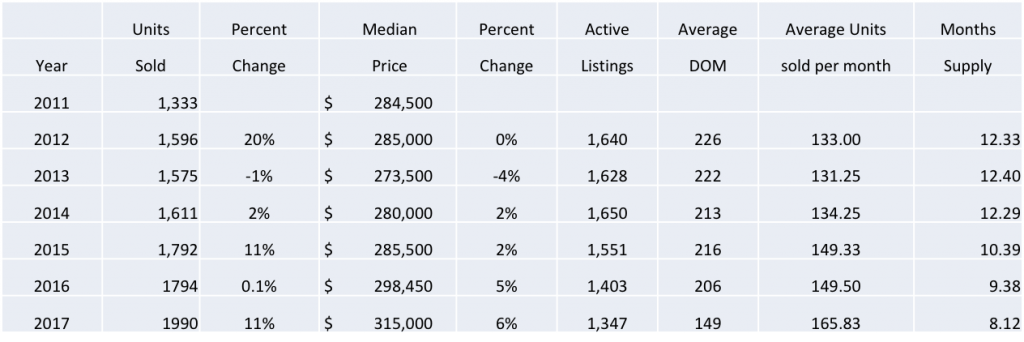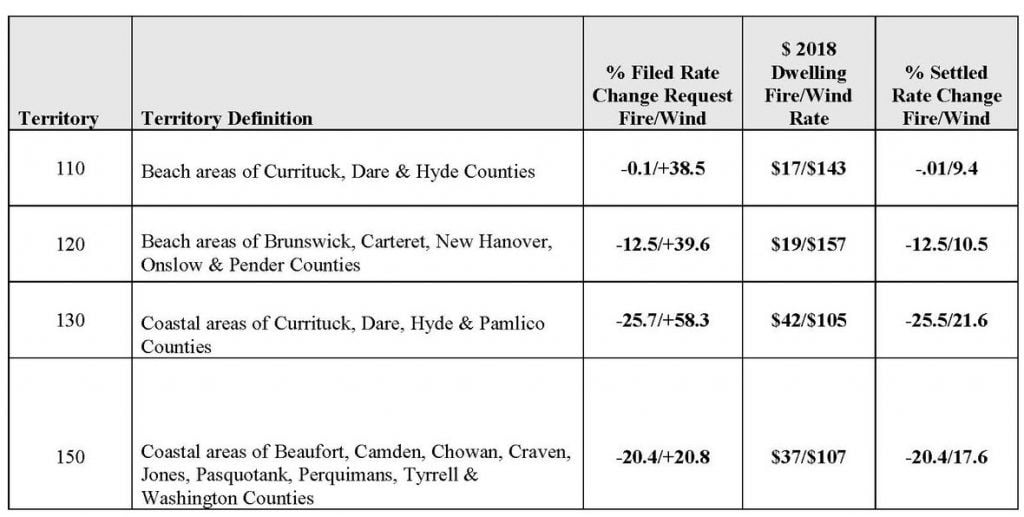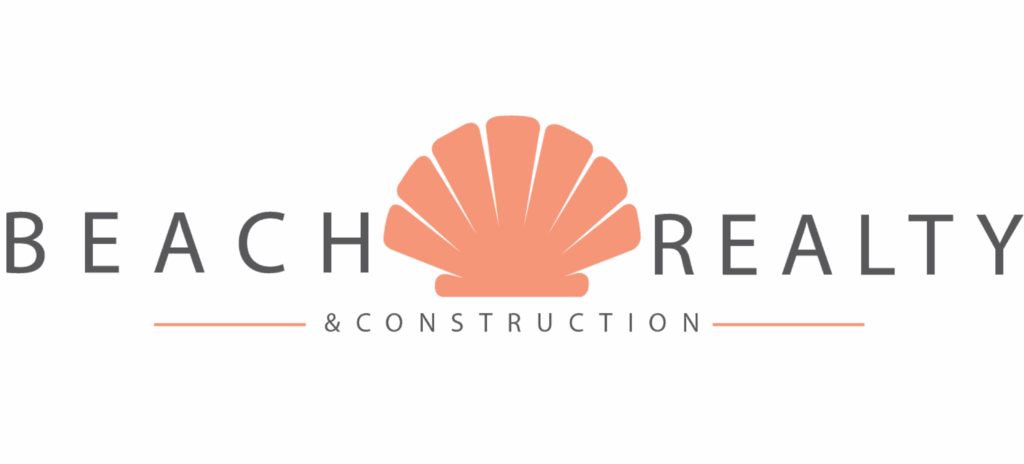What to expect when you’re expecting…to buy a home on the Outer Banks!
Navigating the home buying process can be a complex process. Knowing in advance what to expect regarding the condition of the home can make it a lot smoother. Here are the main things to consider regarding this process.
1. Create realistic expectations on condition. In most cases these homes are anywhere from 20 to 40 years old. The main reasons the condition might not be where a buyer is expecting it are:
- We live in an environment that has harsh weather and it is tough on these homes
- Most homes are rented anywhere from 15 to 25 weeks a year with multiple families occupying them. Wear and tear is going to happen
- Since this isn’t the primary home, owners aren’t seeing it every day and often aren’t aware of what needs to be done
- No one else is telling them about things that need to be addressed
- Most homes are owned for several decades and owners get to an age where it’s more difficult to do the work themselves
- Finding and managing good contractors from a distance is a challenge, especially as owners age
- Sellers have disengaged from the property – this happens for many, many reasons.
2. It is standard language in our Offer To Purchase contract for North Carolina that buyers are purchasing the home “AS-IS”.
Yet many buyers are never told this. When you make an offer to purchase a home you need to factor in the condition/maintenance items that you can already visibly see into the offer price. Once you settle on a price and go under contract, it’s important to remember those items have already been accounted for.
So many times we see great deals go awry because the buyer is never educated on how to handle the home inspection results. This can create some unnecessary difficulties
and even result in the buyer terminating the contract on a great home, simply because they didn’t understand the process.
Here’s the actual language from the contract:
Paragraph 4(c) Buyer acknowledges and understands that unless the parties agree otherwise, THE PROPERTY IS BEING SOLD IN ITS CURRENT CONDITION. Buyer and Seller acknowledge that they may, but are not required to, engage in negotiations for repairs/improvements to the Property.
As you can see, it is not mandatory, nor really expected for the seller to agree to repairs after the initial agreement is signed. It is imperative that a thorough, on-site review of the property is conducted prior to making the initial offer so that all visible maintenance items are considered in the pricing strategy. The goal when listing a home is to have it priced in relation to those items to begin with. However, it is important to understand value is relative from person to person.
3. What exactly is the purpose/scope of a home inspection? There are several things to consider about the home inspection process. The primary function of a home inspection is the following:
- Find hidden defects
- Building code check – for information purposes. It is not realistic to require a seller to bring every outdated code up to par
- Professional opinion of the functionality of the main systems of the home
- Expanded review of the home (attics, roof, crawl space, etc)
- Inspectors are paid to find problems. No home is perfect and items will be found commensurate with the age of the home. It’s important to have that expectation up front.
4. Because of the nature of the in depth inspection, it is not uncommon for unexpected issues to be revealed. How do we then handle the unexpected?
- First, quickly remember Paragraph 4(c), the seller is not under any obligation to do anything at all.
- We need to quickly organize some quotes so we know exactly what we are dealing with, even if the buyer is going to take on the repairs.
- We have to decide whether we want the seller to actually fix the issues or if we want to receive a credit at closing instead. There are pros and cons to both of these.
- We need to share the report with the seller so they can be educated on the condition of things
- Recognize once these items are discovered they become a material defect that will have to be disclosed to any future buyers, should the buyer decide to walk away.
- Prioritize the list of repairs that are important, rather than just asking for the entire list to be addressed. Especially since we already factored into our pricing strategy the items we could already see.
- Understand that perfect condition will be reflected in the price. Chances are the home is already priced commensurate to the condition and age.
Main walkaway points:
- Be realistic – you’re not buying a brand new home
- Be flexible and willing to compromise – no house is going to be perfect
- Weigh out the options – don’t lose a great house over a few needed repairs









